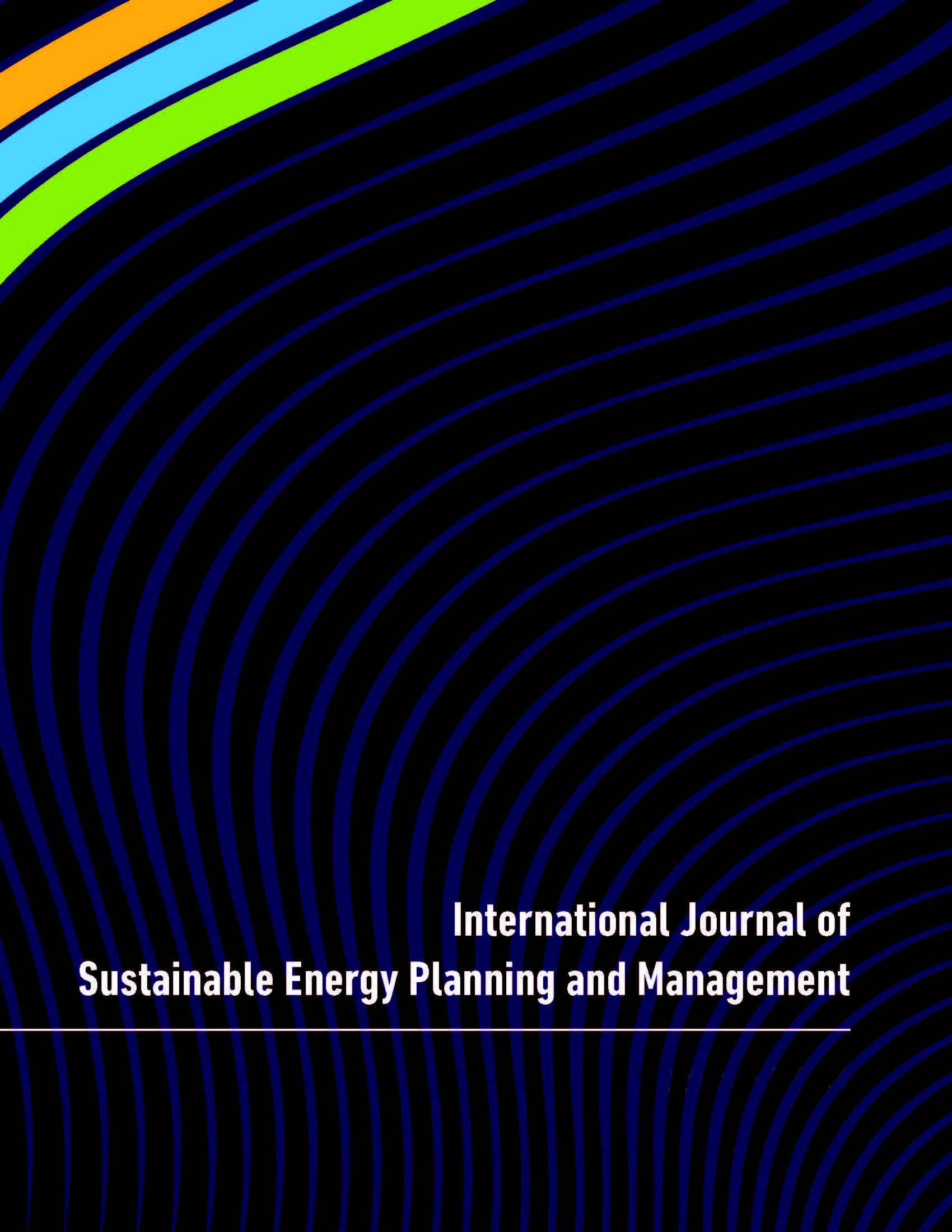Developing an aggregate metric to measure and benchmarking energy performance
Main Article Content
Abstract
As key elements of energy planning, ISO 50001 recommended inter alia identifying appropriate
indicators to monitor and measure energy performance. Benchmarking can be a helpful tool to
establish energy efficiency or performance indicators. While we agree that is hard to get an
absolutely universal indicator aggregating several physical indicators defined in differing units; it
is however possible to expand the area of cases covered or improve its characteristics such as
accuracy, representativeness and simplicity. In this paper, we developed an aggregated
dimensionless “Indicator for Energy Benchmarking” (IEB) to enhance the range of models of
indicators dedicated to the engineering field. The systems targeted are low and middle level
systems of the energy indicators pyramid. We built the proposed indicator based on specific
characteristics: process decomposition-oriented, increasing when energy consumption decreases,
dimensionless, with limited threshold value to 1. Consequently, the indicator provides many
advantages in comparison to simple metrics and complex indicators such as: direct detection of
energy use failure processes, creating interdependence between benchmarked systems scores, no
need for data history to start benchmarking of a multisystem. IEB can be implemented as an
integral part of many energy management or energy efficiency standards, methodologies or tools
such as EN 16231:2012 and ISO 50001:2018. In last section, we calculate the indicator for
2 central sterile service departments of 2 university hospitals in Morocco to show its potential and
operating mode.
Article Details
Articles published in International Journal of Sustainable Energy Planning and Management are following the license Creative Commons Attribution-NonCommercial-NoDerivs 3.0 Unported (CC BY-NC-ND 3.0)
Authors retain copyright and grant the journal right of first publication with the work simultaneously licensed under a Creative Commons Attribution License: Attribution - NonCommercial - NoDerivs (by-nc-nd). Further information about Creative Commons
Authors can archive post-print (final draft post-refereering) on personal websites or institutional repositories under these conditions:
- Publishers version cannot be stored elsewhere but on publishers homepage
- Published source must be acknowledged
- Must link to publisher version

